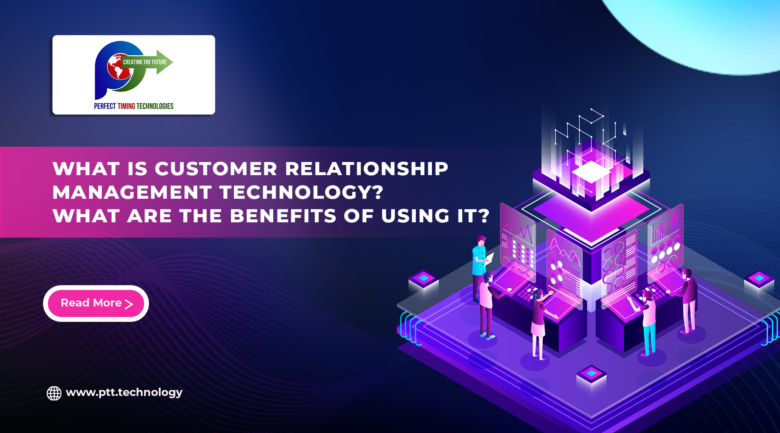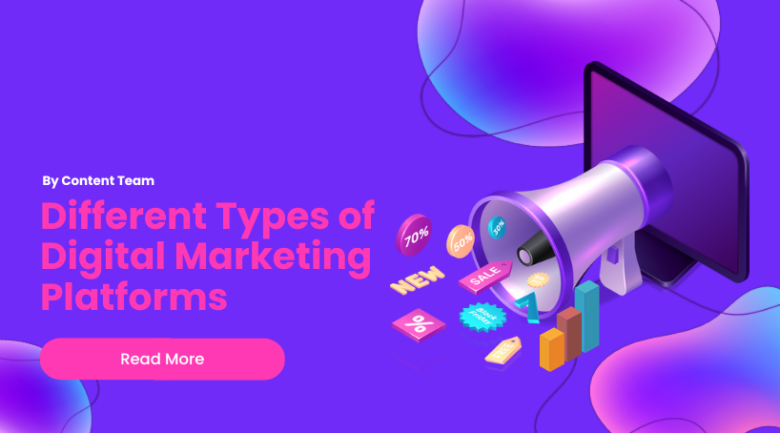
Virtual Reality technology is one significant concept in the modern digital world. Often used synonymously with Augmented Reality, VR technology is different.
A good understanding of both technologies can benefit businesses in numerous ways.
This article shall deal with the definition of VR and its practical applications.
What is Virtual Reality? How Does it Work?
Virtual Reality technology is a computer-generated simulation where reality or an alternate world, is created graphically. Using appropriate hardware enables users to get completely immersed in the virtual world. VR headsets are sensory devices that translate real-time actions into digital reality.
Virtual reality (VR) technology generates a simulated environment that interacts with a user. This needs a combination of hardware and software.
The hardware typically includes a VR headset worn by the user and screens for each eye that displays the simulated environment in 3D. The headset also has sensors that track the user’s head movements, allowing them to look around and interact with the environment as if they were there.
In addition to the headset, VR systems may include hand-held controllers or gloves that allow the user to manipulate objects in the simulated environment.
The software that creates the virtual environment can vary depending on the utility but typically involves computer graphics and 3D modeling techniques. The software generates a virtual world that responds in real time to the user’s movements and interactions.
To create a sense of engagement, the VR system must be able to track the user’s movements and adjust the simulation accordingly. It requires high degrees of precision and low latency to avoid motion sickness and other harmful effects.
Overall, VR technology creates a realistic and immersive experience by combining high-quality graphics, precise tracking, and intuitive controls.
Advantages of Virtual Reality
Virtual reality (VR) technology offers several advantages in various fields, including:
VR provides better learning and training: VR can provide immersive and interactive learning experiences for students and trainees, allowing them to practice skills in a safe and controlled environment.
VR leads to improved safety and less risk: In industries such as aviation, medicine, and construction, VR can simulate dangerous or high-risk scenarios, allowing professionals to develop skills and strategies without putting themselves or others in harm’s way.
VR gives enhanced entertainment experiences: VR can provide immersive gaming, cinema, and other entertainment experiences, allowing users to feel like they are part of the action.
VR allows increased accessibility: VR can provide access to experiences and environments that may not be physically accessible to some individuals due to mobility, health, or other limitations.
VR enables Cost savings: VR can simulate real-world scenarios, reducing the need for expensive physical prototypes or equipment.
VR allows for improved collaboration and communication: VR facilitates remote collaboration and communication, allowing individuals to work together in a shared virtual space regardless of one’s physical location.
Final Thoughts
Virtual reality is very popular in the field of video games. Nevertheless, there are several other practical applications of virtual reality technology including the fields of sports, medicine, and military.
In the near future, virtual reality technology is going to become mainstream for both businesses and consumers. And that’s because virtual reality offers many potential advantages and is increasingly used in various fields to enhance learning, training, safety, entertainment, accessibility, cost savings, and collaboration.







